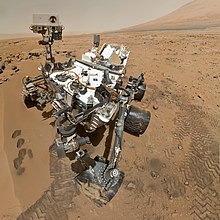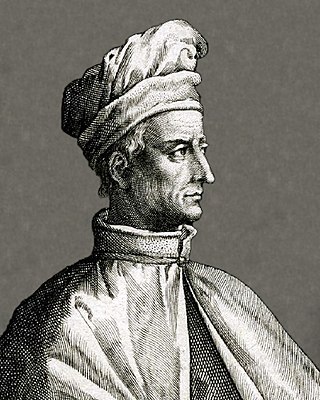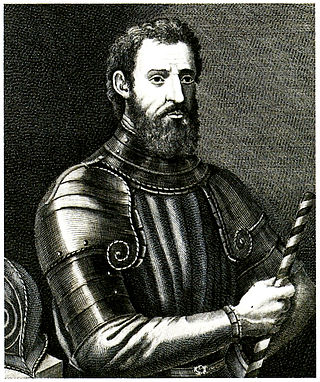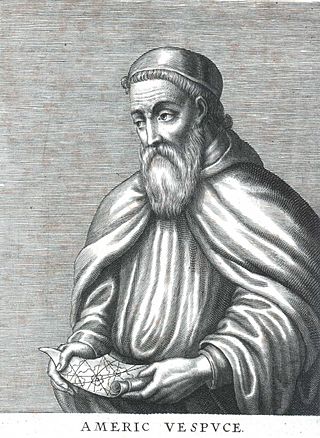Types
Geographical

Geographical exploration, sometimes considered the default meaning for the more general term exploration, is the practice of discovering lands and regions of the planet Earth remote or relatively inaccessible from the origin of the explorer. [2] The surface of the Earth not covered by water has been relatively comprehensively explored, as access is generally relatively straightforward, but underwater and subterranean areas are far less known, and even at the surface, much is still to be discovered in detail in the more remote and inaccessible wilderness areas.
Two major eras of geographical exploration occurred in human history: The first, covering most of Human history, saw people moving out of Africa, settling in new lands, and developing distinct cultures in relative isolation. [3] Early explorers settled in Europe and Asia; about 14,000 years ago, some crossed the Ice Age land bridge from Siberia to Alaska, and moved southwards to settle in the Americas. [2] For the most part, these cultures were ignorant of each other's existence. [3] The second period of exploration, occurring over the last 10,000 years, saw increased cross-cultural exchange through trade and exploration, and marked a new era of cultural intermingling, and more recently, convergence. [3]
Early writings about exploration date back to the 4th millennium B.C. in ancient Egypt. One of the earliest and most impactful thinkers on exploration was Ptolemy in the 2nd century AD. Between the 5th century and 15th century AD, most exploration was done by Chinese and Arab explorers. This was followed by the Age of Discovery after European scholars rediscovered the works of early Latin and Greek geographers. While the Age of Discovery was partly driven by land routes outside of Europe becoming unsafe, [4] and a desire for conquest, the 17th century also saw exploration driven by nobler motives, including scientific discovery and the expansion of knowledge about the world. [2] This broader knowledge of the world's geography meant that people were able to make world maps, depicting all land known. The first modern atlas was the Theatrum Orbis Terrarum , published by Abraham Ortelius, which included a world map that depicted all of Earth's continents. [5] : 32
Underwater

Underwater exploration is the exploration of any underwater environment, either by direct observation by the explorer, or by remote observation and measurement under the direction of the investigators. Systematic, targeted exploration, with simultaneous survey, and recording of data, followed by data processing, interpretation and publication, is the most effective method to increase understanding of the ocean and other underwater regions, so they can be effectively managed, conserved, regulated, and their resources discovered, accessed, and used. Less than 10% of the ocean has been mapped in any detail, even less has been visually observed, and the total diversity of life and distribution of populations is similarly incompletely known. [6]
Space


Space exploration is the use of astronomy and space technology to explore outer space. [7] While the exploration of space is currently carried out mainly by astronomers with telescopes, its physical exploration is conducted both by uncrewed robotic space probes and human spaceflight. Space exploration, like its classical form astronomy, is one of the main sources for space science.
While the observation of objects in space, known as astronomy, predates reliable recorded history, it was the development of large and relatively efficient rockets during the mid-twentieth century that allowed physical extraterrestrial exploration to become a reality. Common rationales for exploring space include advancing scientific research, national prestige, uniting different nations, ensuring the future survival of humanity, and developing military and strategic advantages against other countries. [8]
Urban
Urban exploration is the exploration of manmade structures, usually abandoned ruins or hidden components of the manmade environment. Photography and historical interest/documentation are heavily featured in the hobby, sometimes involving trespassing onto private property. [9]
The activity presents various risks, including physical danger and, if done illegally and/or without permission, the possibility of arrest and punishment. Some activities associated with urban exploration violate local or regional laws and certain broadly interpreted anti-terrorism laws, or can be considered trespassing or invasion of privacy. [10]
Geological
Traditionally, mineral exploration relied on direct observation of mineralisation in rock outcrops or in sediments. More recently, however, mineral exploration also includes the use of geologic, geophysical, and geochemical tools to search for anomalies, which can narrow the search area. The area to be prospected should be covered sufficiently to minimize the risk of missing something important, but it can take into account previous experience that certain geological evidence correlates with a very low probability of finding the desired minerals. Other evidence indicates a high probability, making it efficient to concentrate on the areas of high probability when they are found, and for the skipping areas of very low probability. Once an anomaly has been identified and interpreted to be a prospect, more detailed exploration of the potential reserve can be done by soil sampling, drilling, seismic surveys, and similar methods to assess the most appropriate method and type of mining and the economic potential. [11]














